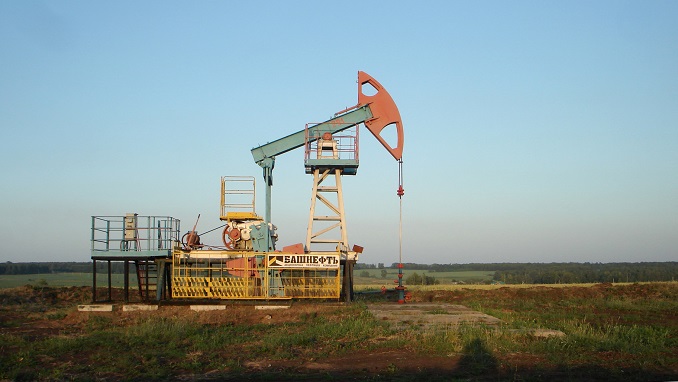As the world’s largest oil producers including Russia and the United States reported a decrease in oil production in September, oil prices rebounded on Tuesday from losses a day earlier, Reuters reports.
Still, a resumption in Saudi supply and demand concerns continued to keep a lid on prices, the news agency writes.
By 04:26 GMT, December Brent crude futures rose 51 cents, or 0.86% to $59.76 a barrel while U.S. West Texas Intermediate crude for November was up 52 cents, or 0.96%, at $54.59 a barrel.
Russia’s output declined to 11.24 million bpd in Sept. 1-29, down from 11.29 million bpd in the previous month, sources said, although it is still above the quotas set in an output deal between Russia and OPEC.
U.S. crude oil output fell 276,000 bpd in July to 11.81 million bpd as federal offshore Gulf of Mexico production slid, according to a U.S. Energy Information Administration (EIA) monthly report released on Monday.
A slowdown in global economic growth amid the U.S.-China trade war hurt front-month prices for both contracts, which posted their largest quarterly falls this year on Monday.
“Asia has seen some profit-taking from short-term money and other bargain hunters,” said Jeffrey Halley, a senior market analyst for Asia Pacific at OANDA in Singapore. “Any rallies though are likely to be met with plenty of sellers as a slowing global economy and the recovery of Saudi production outweigh any Middle East risk factors for now.”
Oil prices are likely to remain steady, with Brent averaging $65.19 a barrel and WTI $57.96 in 2019, as flagging demand outweighs supply shocks, a Reuters survey showed.
Brent has averaged $64.72 a barrel so far this year, while WTI has averaged $58.13.












